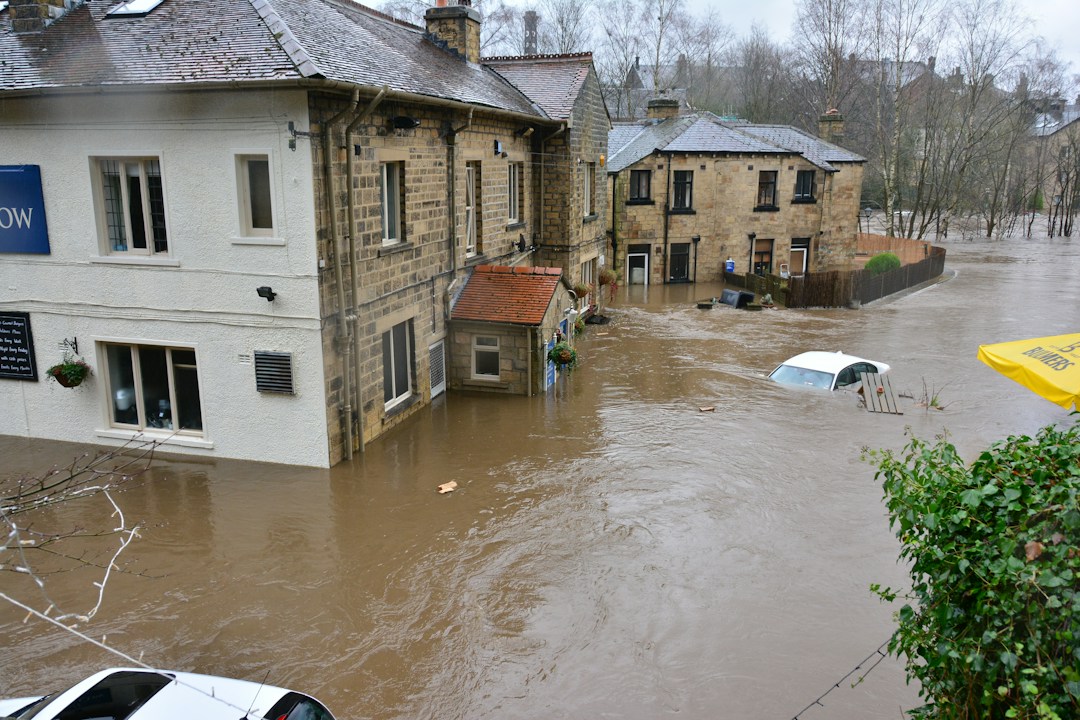Experiencing a flood in your home can be an overwhelming and distressing event. The aftermath often leaves homeowners grappling with the daunting task of restoring their living space. Floods can cause significant damage to structures, furnishings, and personal items.
However, with the right approach and tools, the process of bringing your home back to its pre-flood condition can be less stressful. The following tips will guide you through the steps of effectively restoring your home after flood damage, ensuring a safe and comfortable living environment.
Assessing the Damage
Before diving into any cleanup efforts, it’s crucial to assess the extent of the damage caused by the flood. This involves inspecting all areas of your home, including the basement, walls, floors, and ceilings for water infiltration and damage. It’s advisable to document all damage with photos or videos as they can be useful for insurance claims. Additionally, considering professional water damage restoration services is a wise decision. These experts can accurately evaluate the damage and suggest the most effective restoration plan.
Safety is paramount during this assessment. Ensure that the electricity is turned off and wear protective gear like gloves and masks. Look out for any structural damage that could pose risks. Once you have a clear understanding of the extent of the damage, you can start planning the restoration process.
Removing Water and Drying Out
The next step is to remove standing water and start the drying process. This can be achieved using pumps, vacuums, or sponges for smaller floods. Removing water as quickly as possible reduces the risk of mold and further damage. After extracting the water, use fans and dehumidifiers to dry out the affected areas. This process can take several days, so patience is key.
It’s also important to remove wet items like carpets, furniture, and bedding from the house. These items can harbor mold if not dried properly. Non-salvageable items should be discarded, while others may be cleaned and restored. Ensure good ventilation during this process to aid in drying and reduce humidity levels in your home.
Cleaning and Disinfecting
Once your home is dry, the next step is thorough cleaning and disinfecting. Floodwaters can contain contaminants and bacteria, making it vital to clean all surfaces. Use disinfectants and cleaners specifically designed for flood cleanup. Pay special attention to kitchens and bathrooms where sanitation is crucial.
This step also involves addressing mold and mildew, common issues after flooding. If you notice mold growth, it’s advisable to use mold-killing products and, in severe cases, seek professional help. Remember, proper cleaning not only restores the aesthetic appeal of your home but also ensures a healthy living environment.
Repair and Renovation
After cleaning, focus on repairs and renovations. This involves fixing structural damage, replacing drywall, repainting walls, and addressing electrical and plumbing issues. In some cases, flood damage can be an opportunity to upgrade or remodel parts of your home. For instance, consider investing in custom Amish furniture, known for its durability and timeless appeal. This not only restores functionality and comfort to your home but also adds a touch of personalized style and quality.
During repairs, prioritize areas that prevent further damage, like fixing leaks or reinforcing structures. Always consider the long-term implications of the repairs to ensure they add value and safety to your home.
Prevention and Preparedness
The final step in restoring your home is implementing measures to prevent future flood damage. This includes installing flood barriers, sump pumps, and backflow valves. Regular maintenance of your home’s foundation and drainage systems is also crucial in preventing water infiltration.
Educating yourself and your family on emergency preparedness and having a flood action plan can significantly reduce the impact of future floods. Keep a kit with essential items and important documents in a safe, accessible location.
Restoring Normalcy After a Flood
In conclusion, restoring your home after flood damage is a multifaceted process that involves assessment, water removal, cleaning, repairing, and preventive measures. While the journey can be challenging, it offers an opportunity to rebuild stronger and better. By following these steps and seeking professional assistance when necessary, you can effectively restore your home and peace of mind. Remember, the key to successful restoration lies in prompt action, thorough cleaning, and strategic planning for the future.

